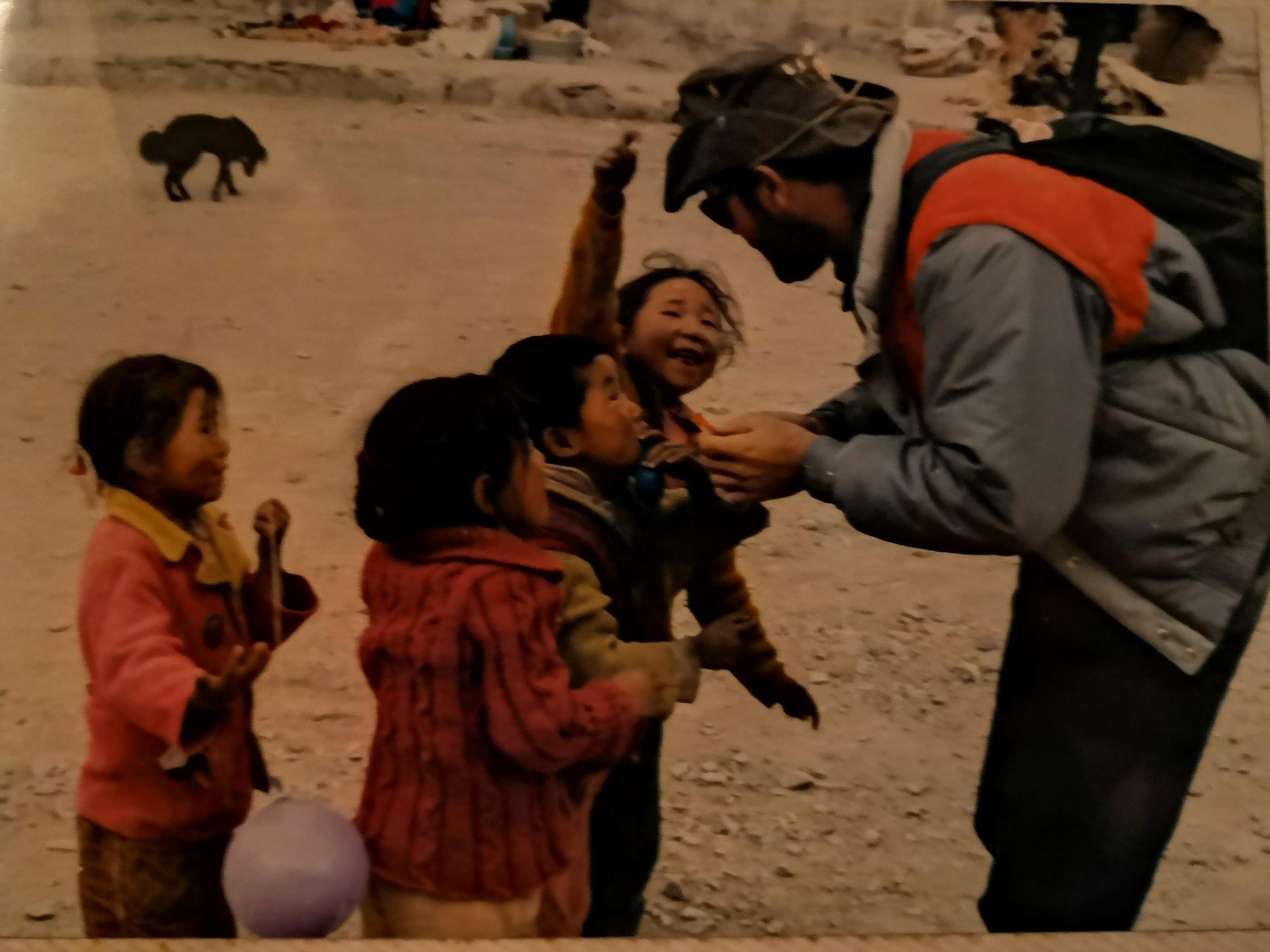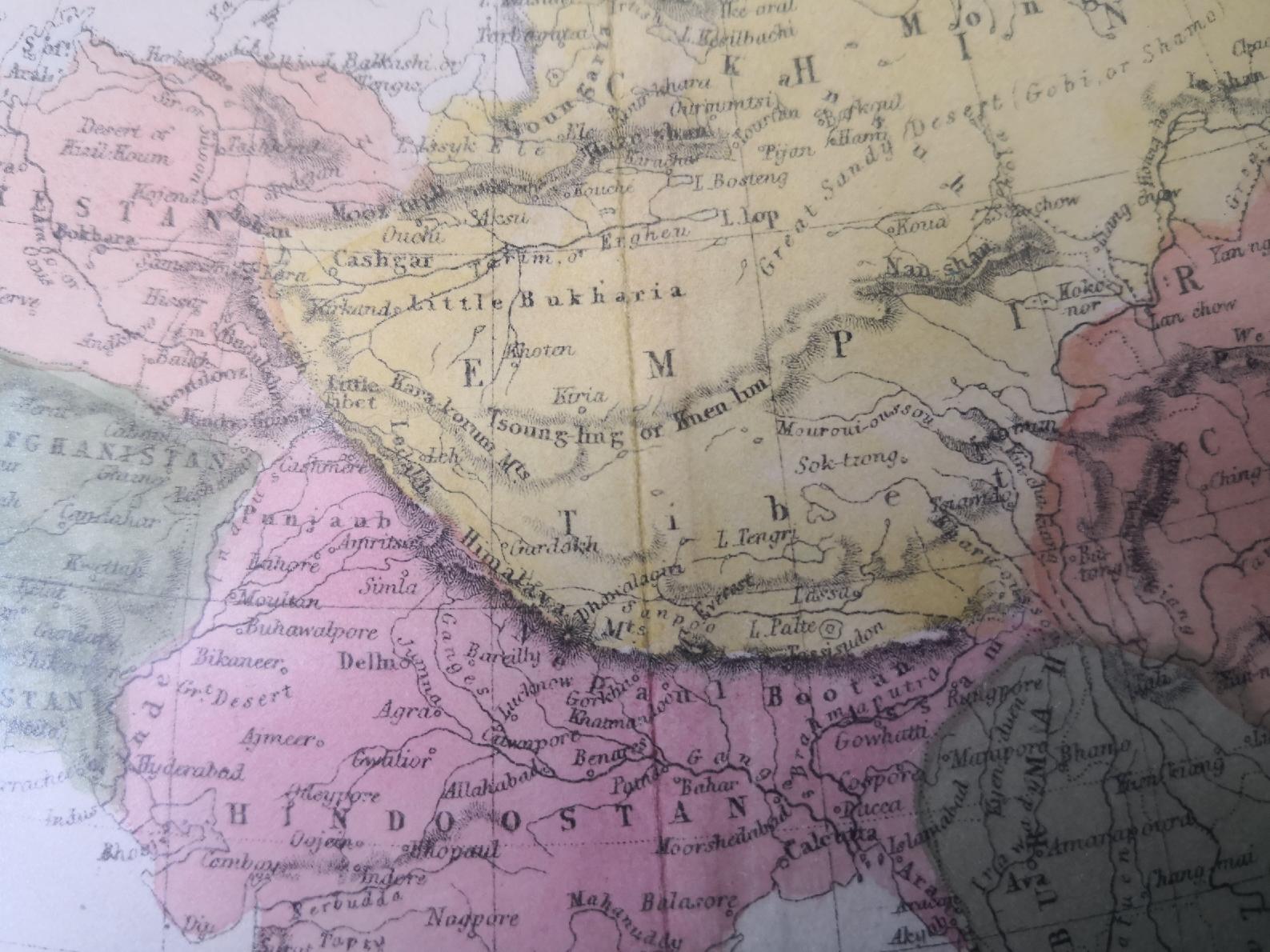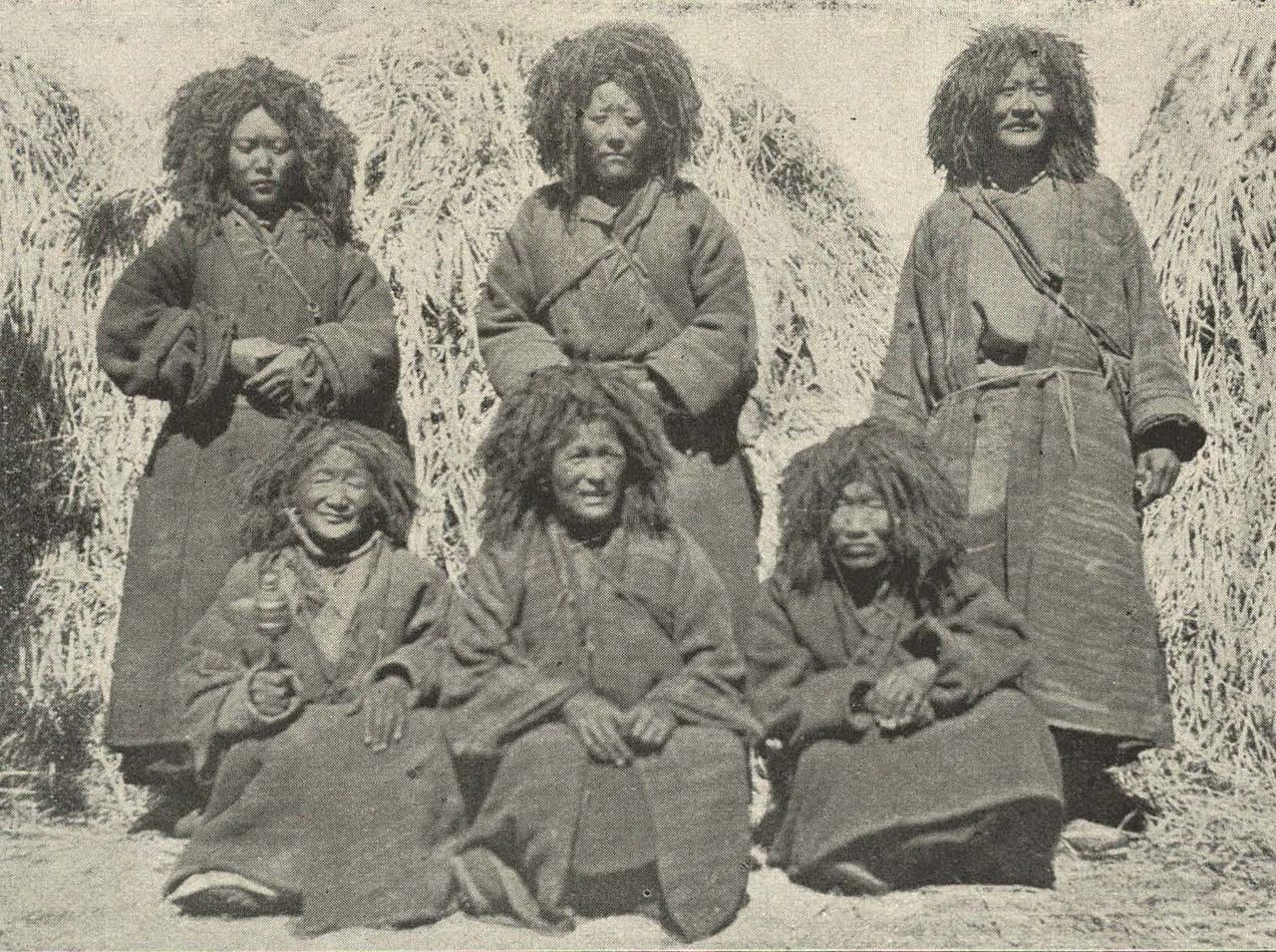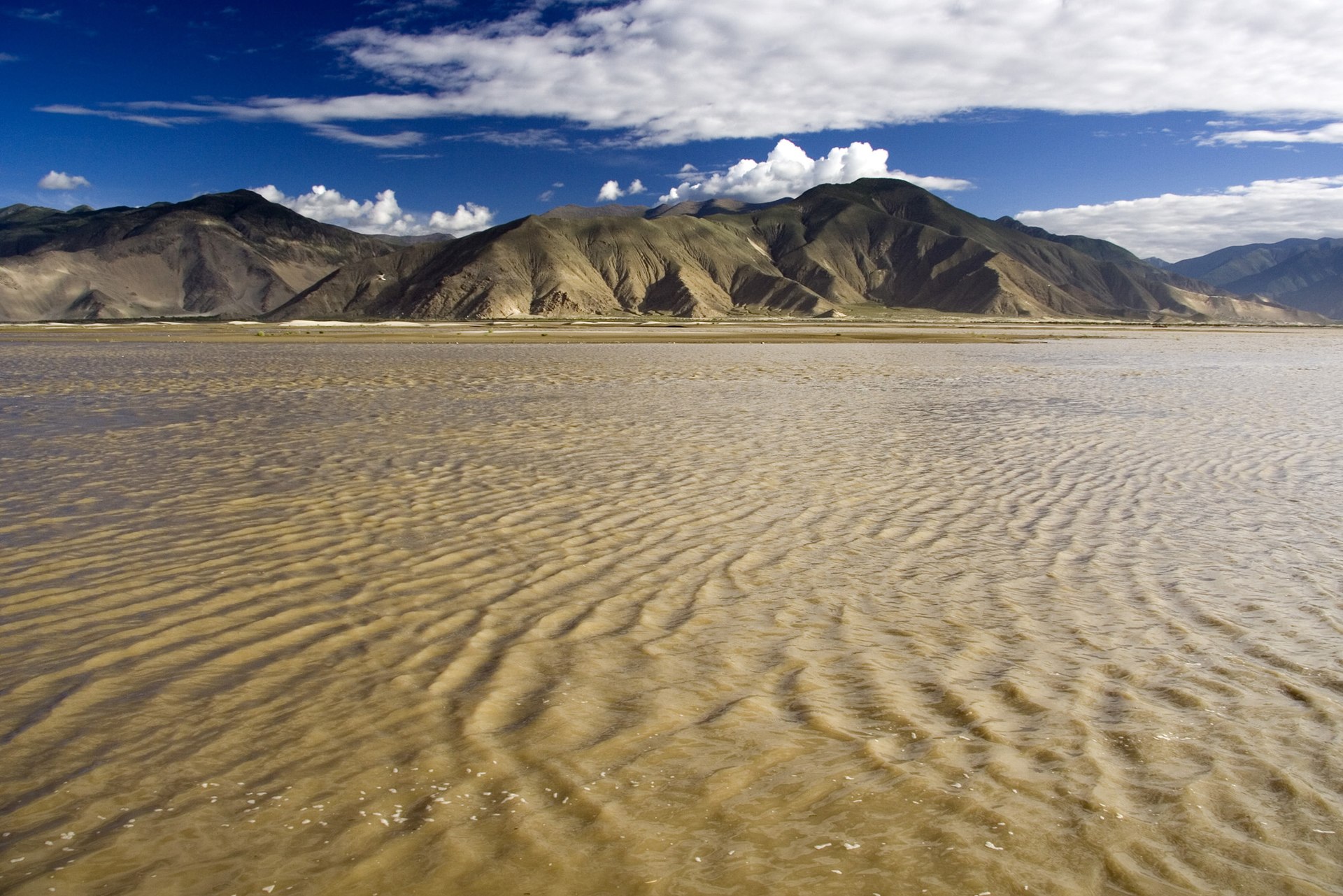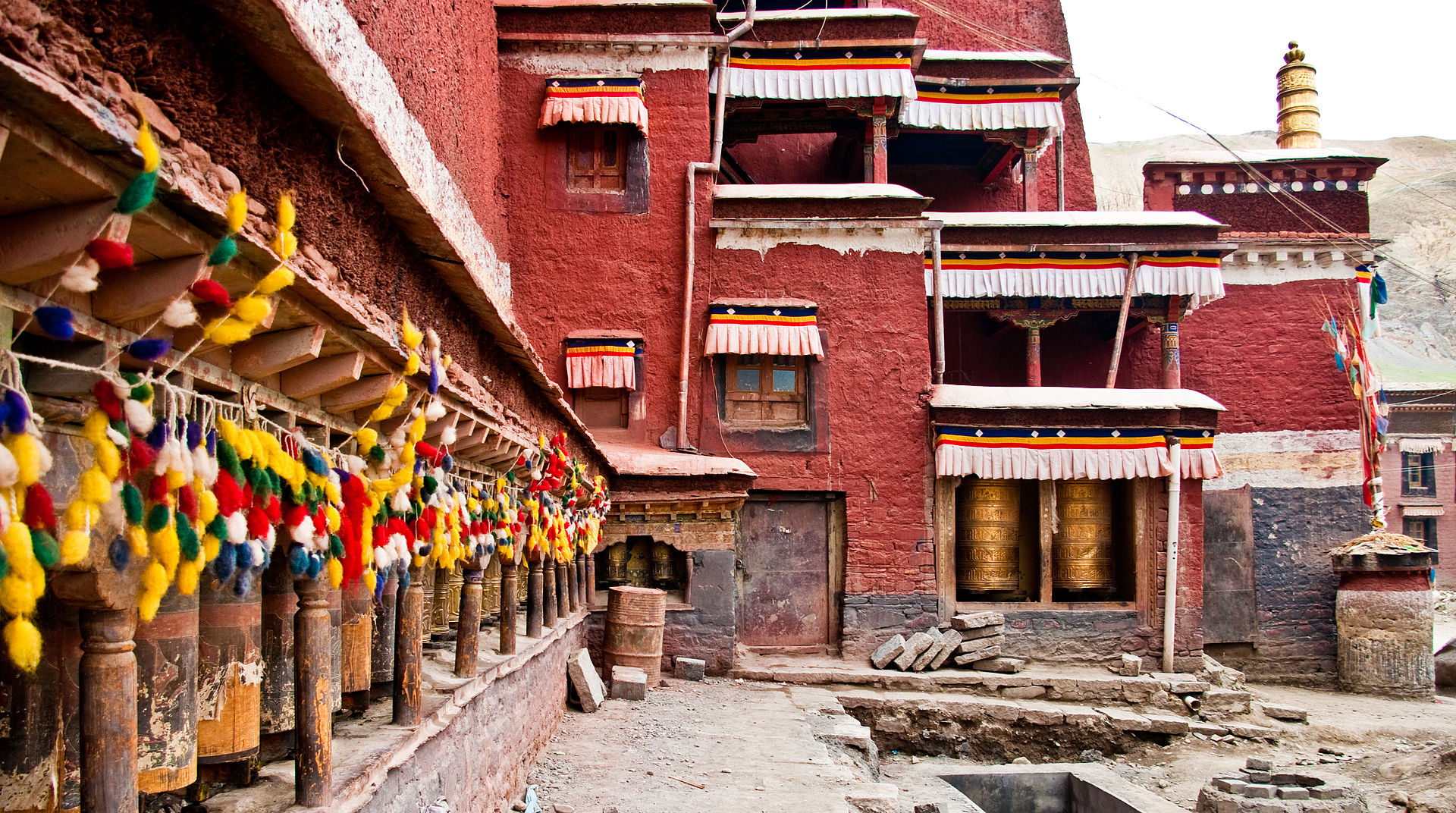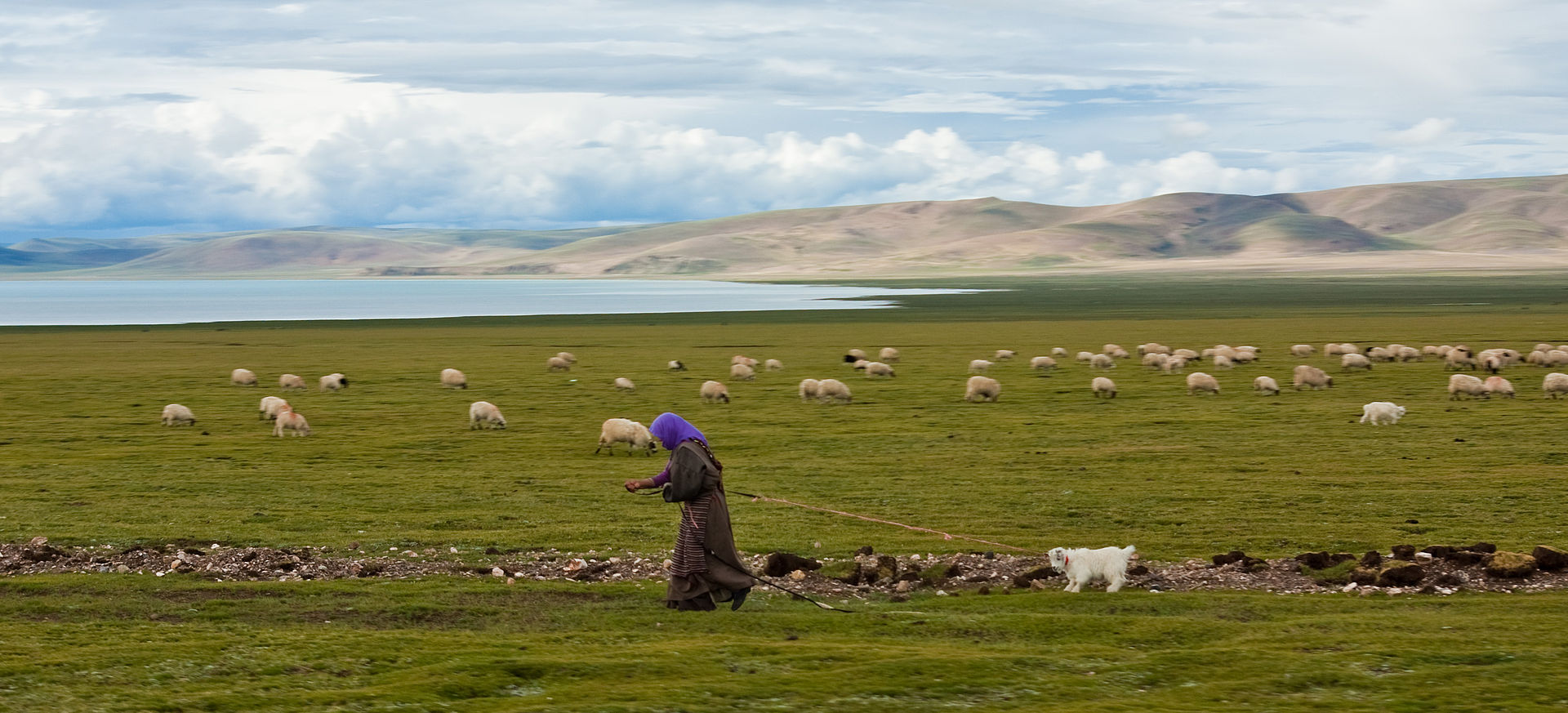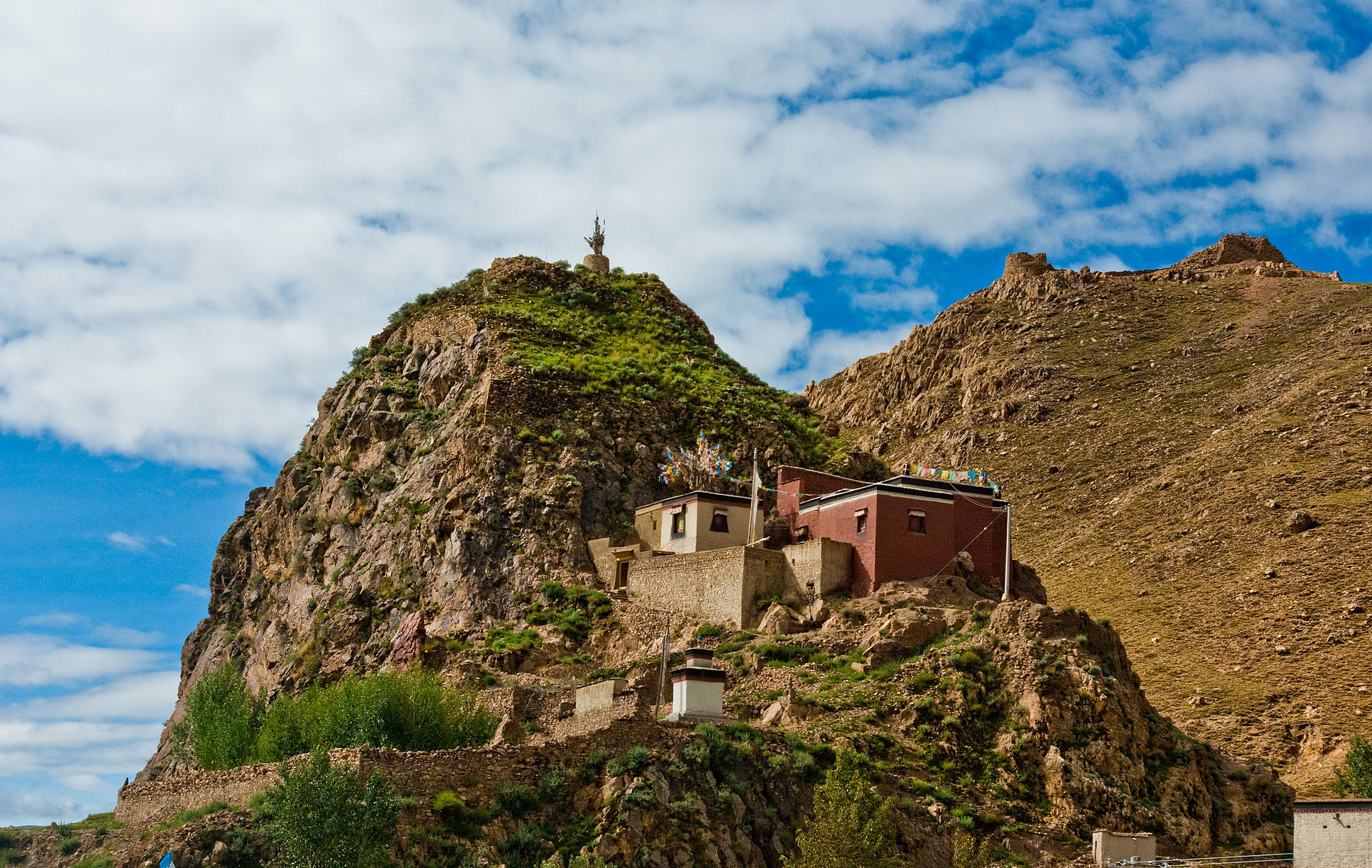
AsianOverland.net
Tour Guide - Itinerary
Asian Overland Sydney to London
Started 22/06/2022 Finished 21/06/2023365 Days ITINERARY
Day 85 date 14/09/2022GYANTSE to SHIGATSE, TIBET, CHINA
ASIANOVERLAND.NET SYDNEY TO LONDON DAY 85: GYANTSE TO SHIGATSE, TIBET, CHINA
It was an amazing drive across Tibet in 1985, with fertile river valleys, dry treeless mountains, steep passes 5,400 meters high with Tibetan prayer flags on top, and amazing views of the Himalayas. Also notable were many Tibetan Buddhists walking to Shigatse to pay respect to the 10th Panchen Lama, most of them taking only one step at a time and then lying prostrate in reverence and submission to the Panchen Lama, before rising from the dirt to take one more step and lie prostrate again. A long walk made much longer by doing it the hard way, but much more respectful, reverential and submissive to the Panchen Lama. The road was full of prostrates the closer we drove to the outskirts of Shigatse, where there was a long, continuous line of prostrating Tibetan Buddhists.
The historical Shigatse urban centre, the second-largest city in Tibet, is 280 km southwest of Lhasa and home to the Tashilhunpo Monastery, the seat of the Panchen Lama and a historically and culturally important monastery. Shigatse is a prefecture-level city of the Tibet Autonomous Region of China, with an area of 182,000 km2 corresponding to the historical Tsang region of Tibet (8th century to 1642).
Tibetan Buddhism has four major schools, Nyingma (8th century), Kagyu (11th century), Sakya (1073), and Gelug (1409).
The Panchen Lama is the tulku (reincarnate custodian) of the Gelug school of Tibetan Buddhism, with his spiritual authority second only to the Dalai Lama. Along with the council of high lamas, the Panchen Lama is in charge of seeking out the next Dalai Lama. Panchen is a combination of Pandita and Chenpo, meaning "great scholar".
The recognition of Panchen Lamas began with Lobsang Chökyi Gyaltsen, tutor of the 5th Dalai Lama, who received the title "Panchen Bogd" from the Dalai Lama in 1645. Bogd is Mongolian, meaning "holy".
In 1713, the Emperor of the Qing dynasty granted the title Panchen Erdeni to the 5th Panchen Lama.
In 1792, the Qing Emperor issued the 29-Article Ordinance for the More Effective Governing of Tibet. Article One of the decree was the selection of rinpoches, lamas and other high offices within Tibetan Buddhism, including the Dalai Lamas, Panchen Lamas and Mongolian lamas.
Traditionally, the Panchen Lama is the head of Tashilhunpo Monastery, and holds religious and secular power over the Tsang region based around Shigatse, independent of the Ganden Podrang authority led by the Dalai Lama. The Dalai Lama and Panchen Lama are closely connected, and each participate in the process of recognizing each other's reincarnations.
In 1985, as we drove closer to Shigatse, the number of prostrates increased, and there was a huge queue waiting to visit the Tashi Lhunpo Monastery, founded in 1447 by the 1st Dalai Lama, and the traditional monastic seat of the Panchen Lama. We joined the back of the long queue of respectful Tibetan Buddhists, wondering if we would ever manage to get to the front of the long queue to visit the historic monastery. Suddenly, the crowds parted and we were told by one of the Tibetan monks that the 10th Panchen Lama had heard of our visit to Shigatse, and wanted to meet us personally.
Queue jumping is usually frowned upon everywhere, but not in Shigatse when the 10th Panchen Lama wants to meet someone. So the crowds parted again for us to enter the sacred Tashi Lhunpo Monastery, where we had a personal audience with the 10th Panchen Lama, who gave us all a white silk scarf, sat and shared tea with us, and politely demonstrated that he is aptly named "great scholar".
Tibetan Buddhism spread outside of Tibet primarily due to the influence of the Mongol Yuan dynasty (1271–1368), founded by Kublai Khan, which ruled China, Mongolia and parts of Siberia.
Tibetan Buddhism is practiced in Tibet and Bhutan, where it is the dominant religion, in the regions surrounding the Himalayas (Ladakh, a union territory of India, and Indian states Sikkim and Arunachal Pradesh), in much of Central Asia, in Southern Siberian regions, and in Mongolia.
Tibetan Buddhism evolved as a form of Mahāyāna Buddhism from Indian Buddhism, and preserves many Indian Buddhist tantric practices of the early medieval period (500 to 1200 CE), along with numerous Tibetan practices.
Tibetan Buddhism includes tantric practices, such as deity yoga. Its main goal is Buddhahood. The main language of scriptural study is classical Tibetan.
© This work is copyright. Apart from any use permitted under the Copyright Act 1968, no part may be reproduced by any process, nor may any other exclusive right be exercised, without the permission of Peter Searle, peter@portseavillageresort.com; 1980-2024.
Website built by Justin O’Dea www.webdeveloperdocklands.com.au



